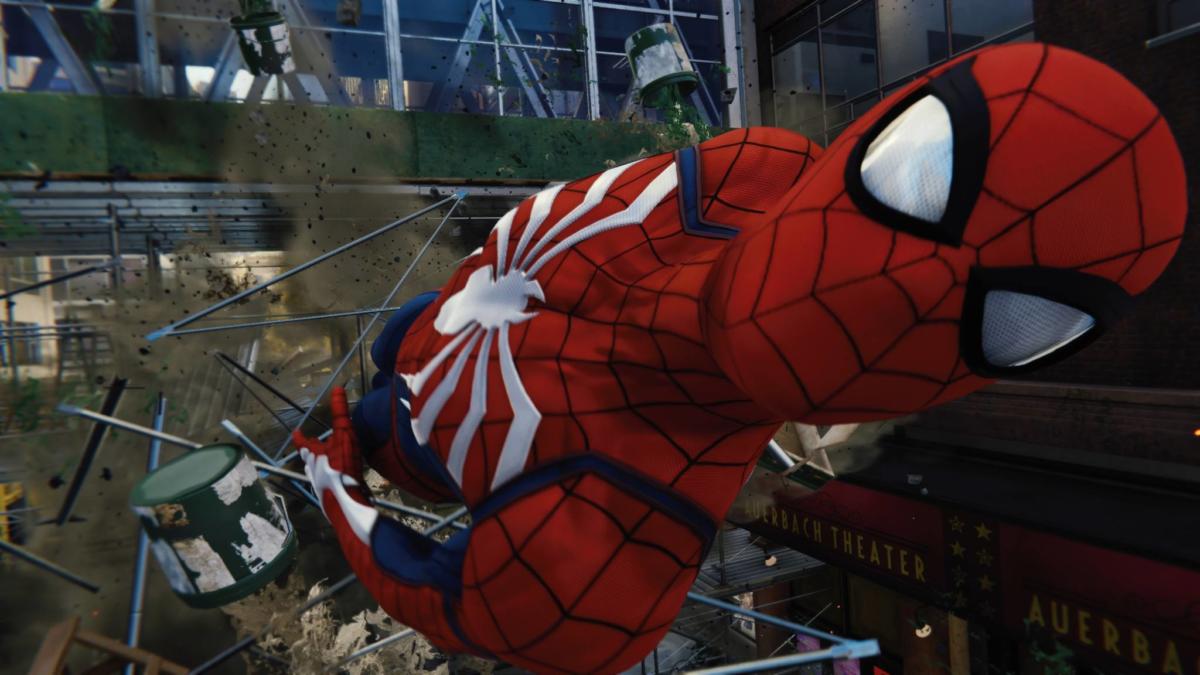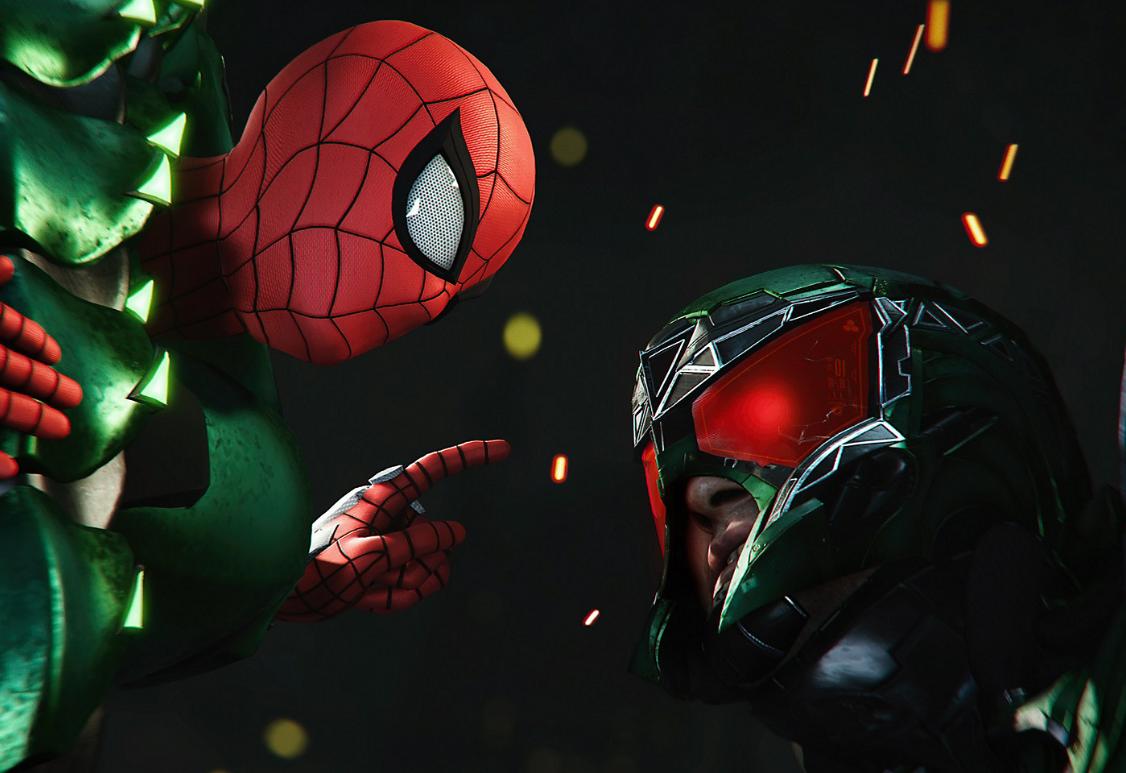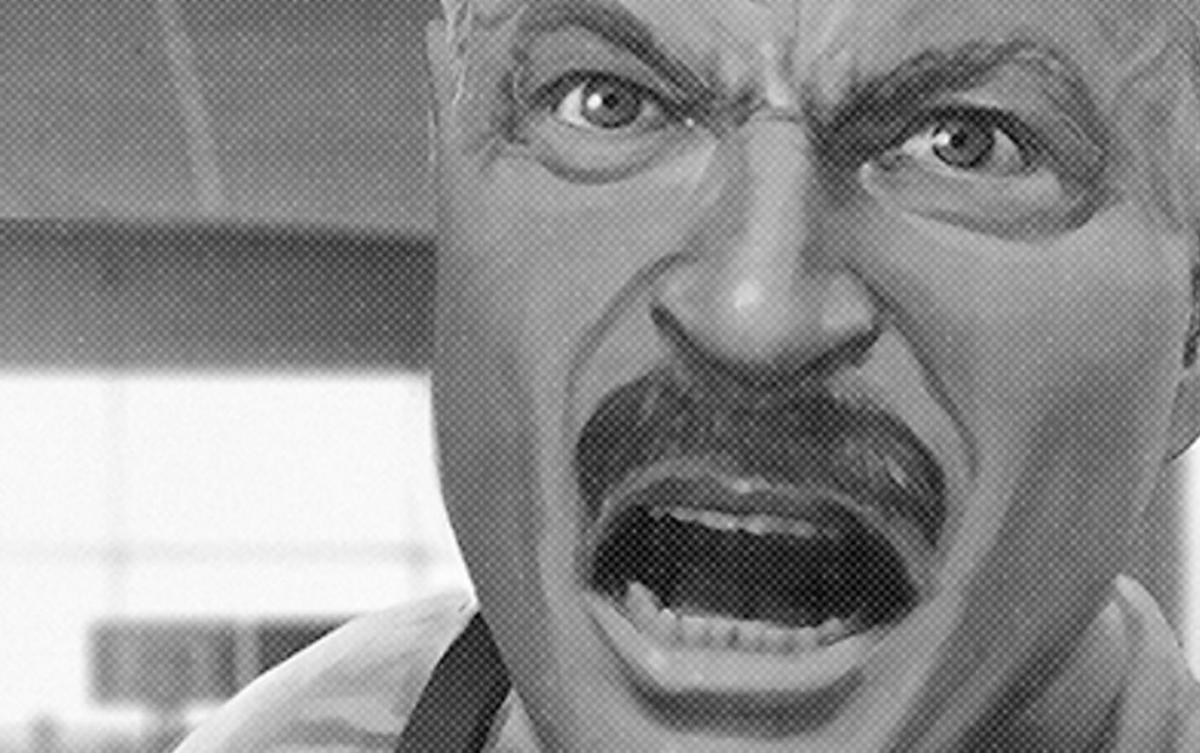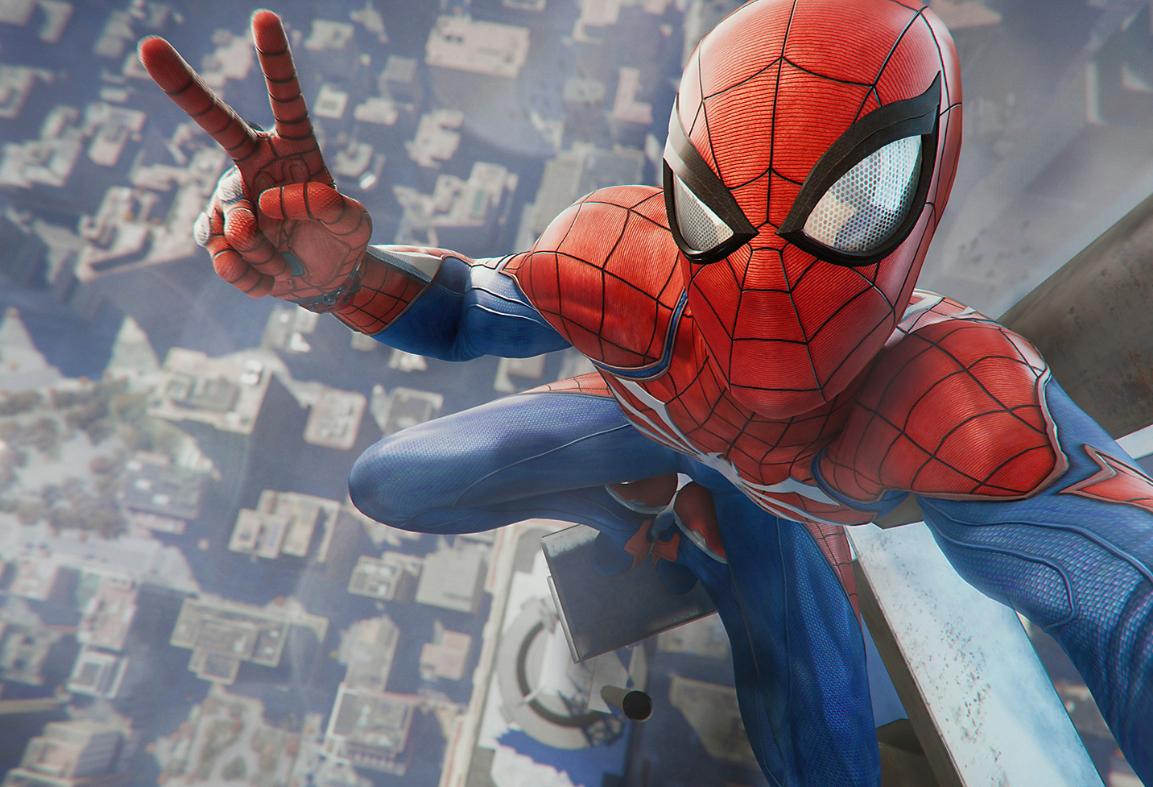There’s no doubt that Insomniac Games’ latest iteration of New York’s favorite wall-crawler is the best to date across the board. Whether you’re a Spider-Man loyalist or just dipping your toes into the web-slinger’s world for the first time, this is definitely a must-have. Everything from the combat to the story to the fluidity of traversing the Big Apple’s skyline has all received quality attention and stellar improvements from past installments, and it all comes together in a truly incredible experience.
Incredible, but not perfect.
The more I worked on my first playthrough of the game, the more glaring its issues – admittedly few in number – became to me. I’ll preface this by saying none of my gripes with the game were substantial enough to ‘break the camel’s back,’ as it were, or ruin my enjoyment of it. However, as the credits rolled, I found myself doubting that I would continue with the adventure to finish all the challenges for the coveted PS4 Platinum trophy.
READ NEXT: 21 Best PS4 Open World Games You Should Play
One of the reasons for that is a small, albeit key, feature missing from the combat system: locking on. It isn’t uncommon in Marvel’s Spider-Man for the player to be heavily outnumbered, sometimes fighting up to fifteen targets at a time. In those small legions of baddies are brutes: big, muscled criminals that can lay on an incredible amount of hurt in a short period of time.
Later in the game, you deal with enemies using jetpacks, and even some Super Villains that have flight capabilities. Coupled with the fact that a lot of Spider-Man’s combos end up sending enemies flying around the place, often times knocking them “off the screen” and out of view, it would have been nice to be able to lock onto a specific target to better orientate myself.
In a group fight, I like being able to target specific enemies and work my strategy around that (i.e. knocking the brute out first, or maybe just restricting his movements). That’s a lot harder when the camera is turning with every new enemy added into the fray, or when my combos – while flashy – take me from one side of the screen to the other. So, this was a bit of a hindrance for me.
READ NEXT: The A-Z of the Best PS4 Games
Then there’s the “map unveiling” trope, which was beyond irritating. Marvel’s Spider-Man has a massive, beautiful rendition of New York City and they lock it – and the activities in said regions – behind towers that need to be activated. This kind of mechanic yields nothing productive to the story beyond forcing the player to go there when the story, activities, and gameplay itself should be more than enough to do that. That doesn’t have as big of an impact on the game after you’ve completed the main story since you’ll likely have unlocked everything by then, but it definitely inhibited my enjoyment of the game while I was playing.
My biggest complaints with the game, however, stem from the lack of relevance from the limited number of side missions and the surprising lack of a dynamic reputation system.
By the time I completed my playthrough, I’d done just two or three side missions. When I first went out, I thought that they might have some critical value to the story. If I ignored some of them, something might change further down the road, either with what was to come from the main story or maybe affect some part of the city. But after just three missions – one of which had me chasing pigeons around New York City – I quickly realized they were just random, and honestly pointless, things to do.
READ NEXT: The Best PS4 Exclusives
To test my theory, I purposefully ignored a side-mission that spawned directly from the main story. I wanted to see if it might alter the story, and you can imagine my surprise when it didn’t. I was still able to complete everything without any additional difficulty or notable alterations.
This isn’t some overly massive open world. It’s large (Manhattan Island), but it’s likewise small enough for things to be intricately connected. Why Insomniac Games wouldn’t dig a little deeper on this front, I’m not sure. There’s a lot of potential here, story-wise, and plenty of sub-arcs that could have been included into the overarching narrative of the game. I get that it’s a superhero game and that archetype tends to be pretty straightforward and linear, but it’s clear they were trying to raise the bar, and they set themselves up to do so. It makes no sense to ease up on the gas.
The idea of sub-arcs and side-missions with relevance ties into my next issue with Marvel’s Spider-Man, but also, one of the best features they implemented into the game: John Jonah Jameson, Jr.
READ NEXT: The Best Games of 2018
All throughout the game, the player is bombarded with segments from Jameson’s radio station, Just the Facts, where he mercilessly lambasts and ridicules Spider-Man. There are times when he’ll bring up some of the crimes you’ve stopped or assisted the police in stopping (e.g. freeing a bus full of hostages from criminals), but it’s hardly ever in a specific instance. Throughout the game, if you’re bored enough, you’ll stop dozens of hostage situations, muggings, breaking-and-entering attempts, or robberies. Some of the radio personality’s guests will clarify the situation which Jameson has grossly misinterpreted or try to defend Spider-Man, but even then, it’s hard to get a feeling that you’ve earned that praise. Especially if you’re like me and you got bored with those little bits of tedious gameplay and started letting New York City turn into a war zone (I apologize for nothing!).
But, this got me thinking. What if Insomniac Games had implemented some kind of reputation system that you could sway with your actions? Ignoring Harlem because you don’t feel like swinging all the way up there, and so crime is running rampant, and people are getting hurt? Did you fail a crime mission and a bomb went off? Did you prevent a crime, but with major damage to your surroundings? I’m sure the people of New York City might be thankful you’re looking out for them, but if you’re destroying the city while you do it, maybe they’ll think twice about supporting you.
There’s one mission in the main story where a crane is literally falling into the city. I managed to keep it from causing too much damage, but there was one part I messed up on and it ended up slamming into the side of a building, likely causing hundreds of thousands of dollars in repair. I expected some kind of reprimand for that, some kind of rant from Jameson the next time I heard his station, anything. To my surprise, there wasn’t anything of note. They didn’t even mention it.
READ NEXT: PS4 Games with HDR Support: The Full List
Now, this isn’t always the case. After a rather brutal fight in a bank, in which most of it was destroyed, Jameson goes on air and roasts Spider-Man alive. This would have been better if I had more control over the extent of damage the building suffered, but by the design of the fight itself, destroying the bank was impossible to avoid (so, this scenario is and isn’t what I’m asking for).
There are multiple districts in New York City, and I tried my best to hit most of them, keeping crime low and stopping the bad guys even if it meant putting the main story on hold for a little. But after the smoke cleared and the truth revealed itself, that outside leveling up and powering up my suits, these things – side missions included – had no real lasting importance, because the people will love me or hate me regardless, as I don’t have even the slightest control over it (I mean, even the crime level doesn’t go down), I just skipped them. I completed the game easily enough either way, and now I’m looking at all the tedious and boring pieces left over and thinking, “Pass.”
Insomniac Games has definitely made one of the best superhero games of all time, but in doing so, they also limited themselves to just that: a superhero game. Marvel’s Spider-Man has the potential to become so much more than that, but they’ll have to break away from age-old gaming tropes and think more dynamically if they want to achieve it.
Some of the coverage you find on Cultured Vultures contains affiliate links, which provide us with small commissions based on purchases made from visiting our site. We cover gaming news, movie reviews, wrestling and much more.








